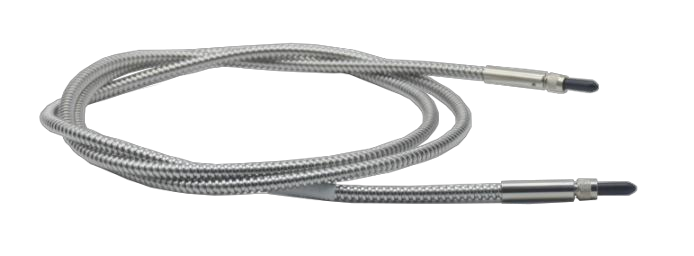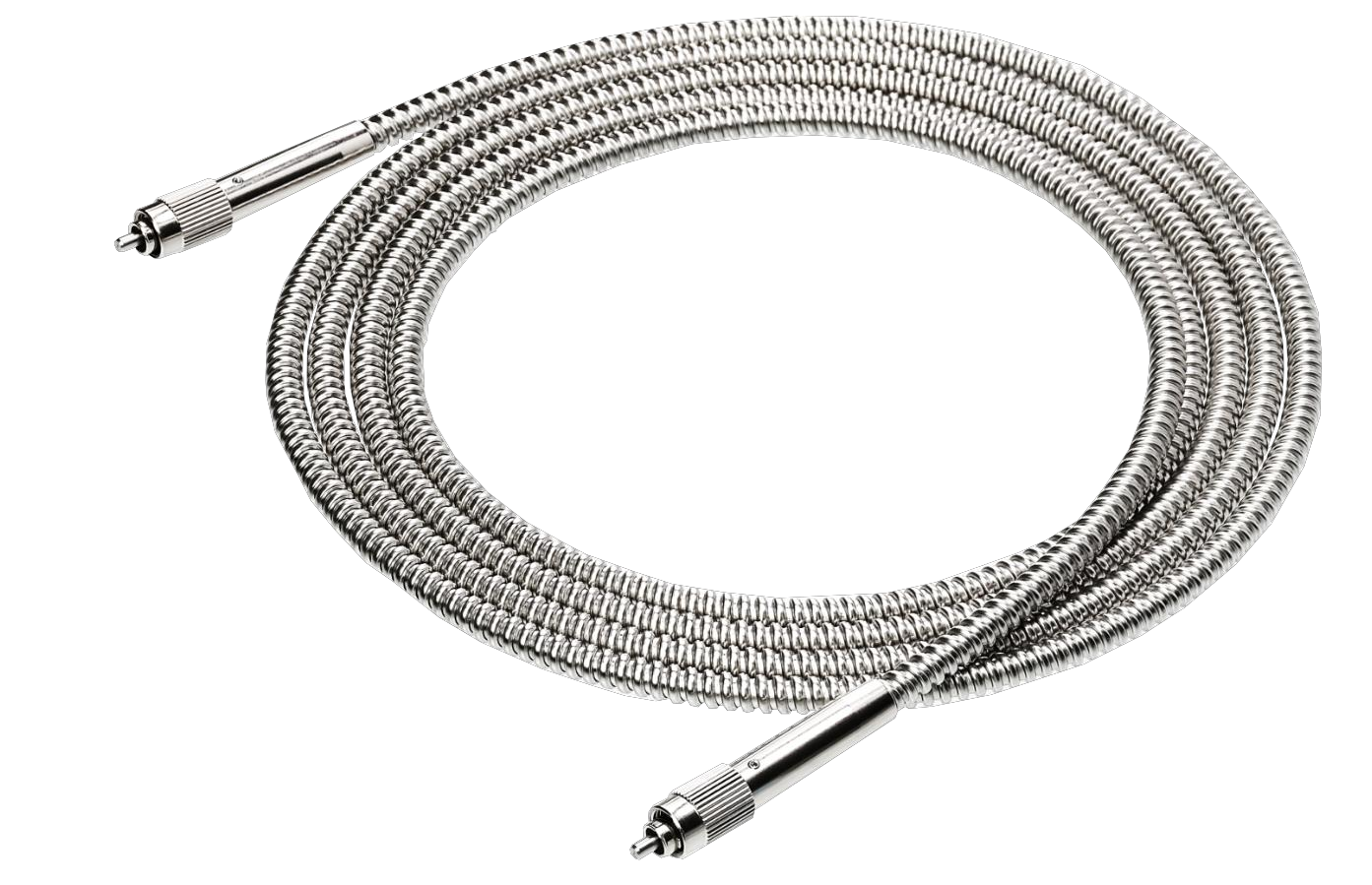PL Optics offers a high-precision Electroluminescence (EL) Test System within its photonic platform, optimized for EL spectroscopy in device characterization across research and industrial applications.
An electroluminescence test system is a high-precision device used to measure the optoelectronic performance of light-emitting devices such as OLEDs, QLEDs, PeLEDs, etc. The test system is calibrated with a traceable light source and can measure data such as brightness, color coordinates, radiant flux, V-I characteristics, EQE, and more. The overall system is compact, easy to operate, and highly efficient.
Electroluminescence (EL) is a physical phenomenon where an electric field, generated by a voltage applied across two electrodes, excites electrons. These excited electrons collide with luminescent centers, causing electron transitions, changes, and recombination that result in light emission. Due to their high luminous efficiency, long device life, fast response, good viewing angle characteristics, strong color saturation, low cost, and flexibility, EL products have broad application prospects in the display and lighting fields.
The electroluminescence test system is composed of an integrating sphere, fiber optic spectrometer, multimode fiber, Keithley digital source meter, sample holder, and integrating sphere stand.
The integrating sphere is made of imported high-diffuse reflectance PTFE material, sintered at high temperatures, with a reflectance of up to 99%. It is suitable for the full spectrum from ultraviolet to visible to near-infrared (200-2500nm) and has excellent Lambertian characteristics within this spectrum. Due to the high stability of the material, it is not prone to oxidation, yellowing, or deterioration, and it is waterproof and easy to store. The inner diameter of the integrating sphere is 340mm, and the sample port diameter is 25mm. The input port is an SMA905 quasi-direct port, and the output port is a standard SMA905 interface, which can also be customized with FC or other interfaces. Equipped with a sample holder/cuvette, it can be used to measure the fluorescence quantum efficiency of materials (solutions, powders, and thin films).
| ||
Reflectance: Up to 99%
Spectral Range: 200-2500nm
Liner Material: High-quality PTFE
Optical Interface: SMA905
High Lambertian Cosine Characteristic
The fiber optic spectrometer uses a Hamamatsu cooled area CCD sensor, which features high sensitivity, low noise, high signal-to-noise ratio, and low temperature drift. The operating wavelength range is 200-1100nm, and the optical resolution is 1.83nm @ 25μm slit. Cooling technology suppresses the thermal noise of the detector, significantly reducing the dark current and greatly improving the signal-to-noise ratio. At the same time, it lowers the detector temperature, reduces thermal noise, and can detect weaker optical signals, making it suitable for analyzing weak signals such as transmittance, reflectance, fluorescence, and Raman scattering.

Single-stage cooling
Hamamatsu cooled area CCD sensor
Operating wavelength range: 200-1100nm
Uses imported high-quality gratings
Low noise, high signal-to-noise ratio, SMA905 fiber input
The Keithley 2450 SourceMeter? is a high-performance, multi-functional source measurement unit widely used for analyzing the characteristics of electronic devices and materials testing. It integrates voltage source, current source, and high-precision measurement functions, and its advanced touch screen user interface provides an intuitive and convenient operating experience. The device features high response speed, powerful built-in test script processing capabilities, and rich communication interfaces, ensuring efficient data acquisition and processing to meet diverse testing needs from R&D to production environments.
The KEITHLEY 2450 is widely used for testing and characteristic analysis of discrete devices, components, FETs, diodes, resistors, batteries, power management ICs, solar cells, LEDs, nanomaterials, organic materials, and more.
| ||||
Voltage Range: 20mV-200V, Current Range: 10nA-1A;
Front panel banana jack input, rear panel triaxial connector input;
Front panel USB port for data/programming/configuration I/O
Basic measurement accuracy: 0.012%, resolution: 6 1/2 digits;
| ||
5. Quartz Multimode Fiber
 |  | ||||
| SMA905 | FC/PC |
|
Test Parameters:
● Efficiency Parameters: Luminous efficiency / External Quantum Efficiency (EQE), current efficiency, power efficiency, etc.
● Electrical Parameters: Voltage (V), current (I), current density (J), electrical power (W), electrical power density, I-V curve characteristics, etc.
● Radiometric Parameters: Spectral power distribution, radiant flux, luminous flux, luminous efficacy, peak wavelength, dominant wavelength, etc.
● Colorimetric Parameters: CIE chromaticity coordinates, correlated color temperature (CCT), MK-1 (mred), color rendering index (CRI), RGB color values, etc.
● Stability Test
Test Modes:
● Voltage sweep (including segmented sweep, cyclic sweep, etc.)
● Current sweep (including segmented sweep, cyclic sweep, etc.)
● Constant voltage single-point measurement
● Constant current single-point measurement
Product Applications:
● Quantum dot light-emitting diodes (QLED)
● Organic light-emitting diodes (OLED)
● Light-emitting diodes (LED)
● Perovskite light-emitting diodes (PeLED)
● Other types of electroluminescent devices